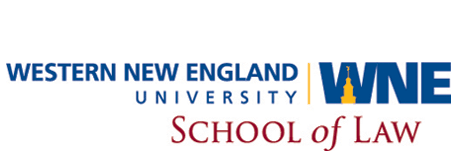Document Type
Article
Publication Date
2016
Abstract
Most sports, including all Olympic sports, are divided into two categories: men's and women's. This Article first presents a history of gender testing in Olympic and international sports to illustrate why past attempts to define eligibility for women's sports have proven unfair to women with intersex conditions. It then describes the shortcomings of the International Olympic Committee’s (IOC) first effort to articulate standards of eligibility for transgender athletes. In its second Part, this Article explains the more recent efforts of the IOC and the International Association of Athletics Federations (IAAF) to define eligibility for women's sports solely on the basis of testosterone. That effort is temporarily suspended by the Court of Arbitration for Sport as applied to hyperandrogenism, but, as Part Ill explains, on grounds that could permit the rule's reinstatement if a stronger justification is presented by the IAAF.
Finally, this Article evaluates the concept of a unified hormone rule that the IOC appears to propose. After considering the strengths and weakness of alternatives to such a rule, including genderless sports and a uniform gender identity rule, this Article proposes a hybrid rule that applies a hormone standard to transgender athletes and a gender identity standard for women. This final Part seeks to rationalize the different treatment of transgender and intersex women in ways that minimize the potential for such a rule to contribute negatively to society's understanding of both gender and athletic fairness.
Recommended Citation
Erin Buzuvis, Hormone Check: Critique of Olympic Rules on Sex and Gender, 31 WIS. J. L. GENDER & SOC'Y 29 (2016).
